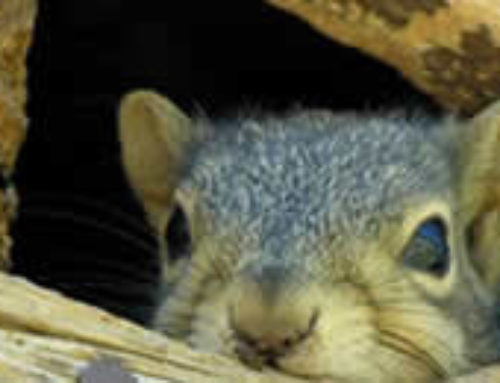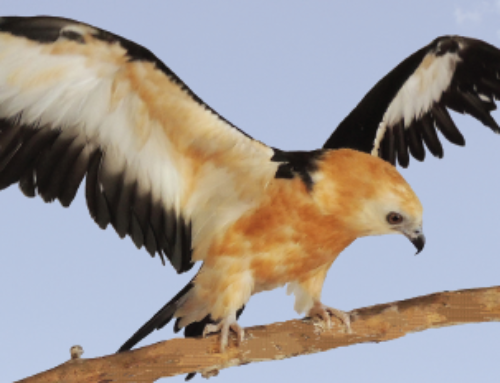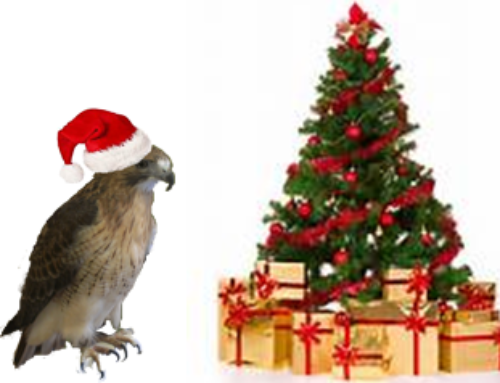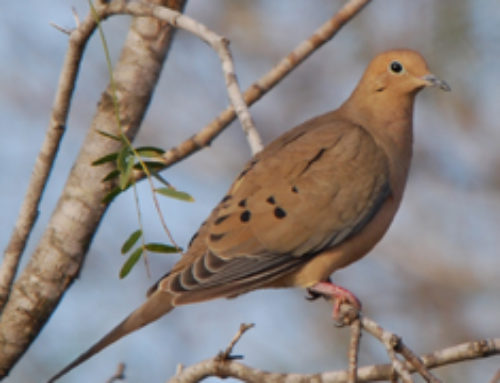 The American Bittern (Botauru lentiginosus) is a one of the stockier and short legged members of the Ardeidae family which includes herons, egrets and bittern. This Nearctic species has a breeding range in Canada and northern United States to parts of central United States. They are solitary and prefer to hide in heavy reeds, cat-tails and grass around isolated bogs, marshes and flooded meadows. Bitterns can be found in both saltwater and freshwater marshes.
The American Bittern (Botauru lentiginosus) is a one of the stockier and short legged members of the Ardeidae family which includes herons, egrets and bittern. This Nearctic species has a breeding range in Canada and northern United States to parts of central United States. They are solitary and prefer to hide in heavy reeds, cat-tails and grass around isolated bogs, marshes and flooded meadows. Bitterns can be found in both saltwater and freshwater marshes.
It sports brown streaking with an appearance similar to immature night herons. The coloration is such an effective camouflage the bird simply melts into the reeds. Animals that use camouflage as their primary defense against danger freeze when spotted. The Bittern has an interesting adaptive behavior to hide; it stands motionless with its bill pointed upward and its body held in tightly while giving the appearance of a clump of reeds in the water. Once the Bittern decides that hiding won’t work, it puffs itself up and sways ominously to show how dangerous it is.
 The bird blends in perfect with the brown vegetation as it moves slowly with its bill held horizontal while eyes are focused downward to spot prey such as frogs, small snakes, fish, rodents and eels. They are generally crepuscular (most active at dawn and dusk) and hunt along the margins of ponds in dense vegetation. The American bittern does not perch in trees but spends most of its time on the ground.
The bird blends in perfect with the brown vegetation as it moves slowly with its bill held horizontal while eyes are focused downward to spot prey such as frogs, small snakes, fish, rodents and eels. They are generally crepuscular (most active at dawn and dusk) and hunt along the margins of ponds in dense vegetation. The American bittern does not perch in trees but spends most of its time on the ground.
 Because the Bittern is shy and reclusive, it is more difficult to find in the wild than its family members the herons and egrets. You may not be able to see one, but their booming voice is quite loud and distinctive leaving no doubt of its presence.
Because the Bittern is shy and reclusive, it is more difficult to find in the wild than its family members the herons and egrets. You may not be able to see one, but their booming voice is quite loud and distinctive leaving no doubt of its presence.
The past fifty years has seen the American Bittern’s population declining primarily due to habitat loss especially in the wintering grounds which includes a narrow band along the Texas coast south to Mexico and Central America.
The Bittern was brought to the Wildlife Center and presented with an injured shoulder and head trauma. It is now very alert and exhibiting its characteristic behaviors of freezing like a reed and bluffing volunteers that are feeding and caring for it with an aggressive display.






Leave A Comment